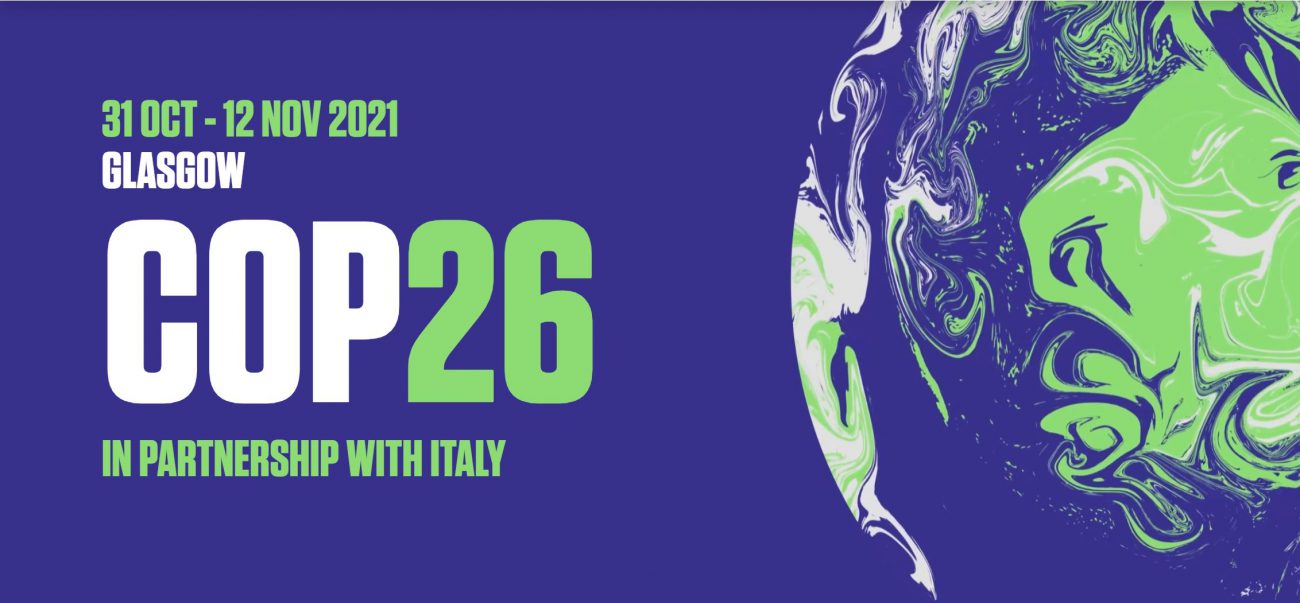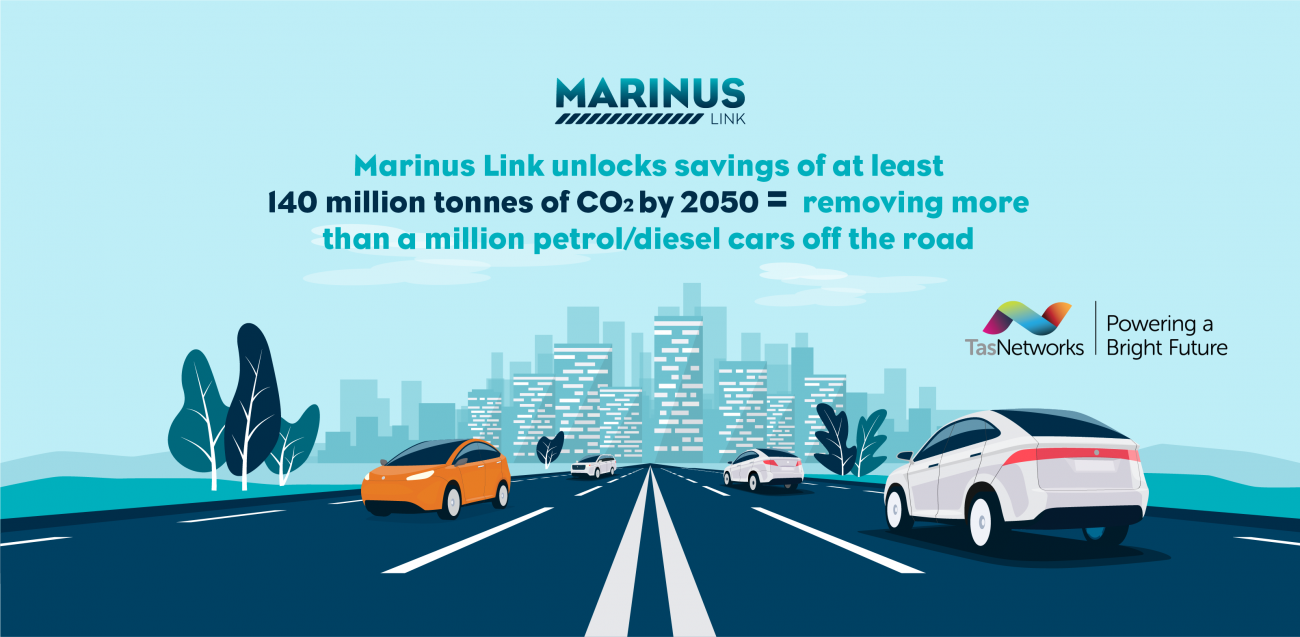
The UN Climate Change summit COP26 officially opened in Glasgow on Sunday but it was mostly a ceremonial day, with many of the global leaders, including Australian Prime Minister Scott Morrison, not arriving until Sunday night after the G20 meeting in Rome.
The two-day World Leaders Summit begins on Monday (UK time), where they will be invited to set out the ambitious actions they are taking to meet the four goals of COP26:
- Secure global net zero by mid-century and keep 1.5 degrees within reach
- Adapt to protect communities and natural habitats
- Mobilise finance
- Work together to deliver
You can read more about the goals here
The leaders of China, Russia and Brazil are not expected to attend the conference, however they are likely to send senior officials.
Fast facts
- COP stands for Conference of the Parties and this is the 26th gathering since 1995.
- The UK is hosting the summit in partnership with Italy until the 12th of November.
- It was supposed to be held in 2020 but was rescheduled due to the COVID-19 pandemic.
Further reading
AP: ‘Last, best hope:’ Leaders launch crucial UN climate summit
Reuters: COP26: World will try again to avert climate disaster
BBC News: COP26: What is the Glasgow climate conference and why is it important?
Analysis – Proudly brought to you by Beyond Zero Emissions
As the world meets in Glasgow at COP26 and coordinates on decarbonisation efforts, Australia is faced with a choice: either become a green export powerhouse and reindustrialise the nation or miss our chance by not acting today.
What Beyond Zero Emissions’ research shows is that there is little reason to be reluctant about a rapid shift to renewables. Our Repowering Australian Manufacturing research demonstrates that Gladstone in Queensland and the Hunter Valley in New South Wales will add a windfall of $13 billion to the economy and 45,000 ongoing jobs by 2032, while our Export Powerhouse Report forecast a $333 billion green export opportunity by 2050. Products such as green steel, renewable hydrogen, renewable ammonia, green aluminium are set to dominate global economic growth this century and Australia is well-positioned to be a leader in these markets.
Now as negotiations at COP26 reach the critical final phase, Beyond Zero Emissions is pushing hard to give confidence to all Australians that more ambitious climate policies are good for the economy and the environment.
Donate to help us amplify our impact here
New transmission like Marinus Link delivers a clean energy future
Marinus Link is a proposed 1500 megawatt electricity connection between Tasmania and the mainland, involving approximately 250km of undersea cable and 90km of underground cable.
Marinus Link and the supporting North West Transmission Developments will unlock abundant, low-cost wind resources and pumped hydro storage facilities in Tasmania to provide reliable, affordable and clean energy to support ten million Australian homes and businesses across the National Electricity Market.
The two-way connection also means excess wind and solar power generated in Victorian renewable energy zones can be transported to pumped hydro facilities in Tasmania to be stored and deployed ‘on-demand’ when the market needs it.
